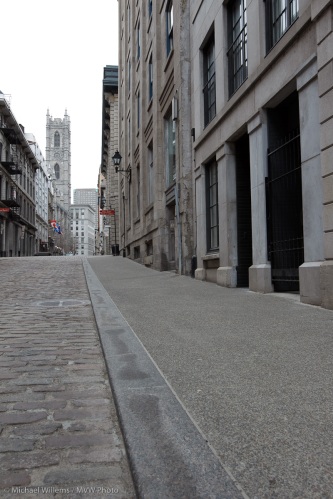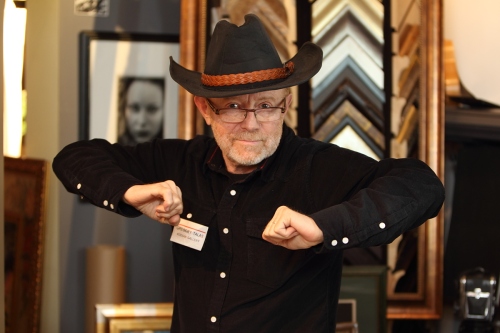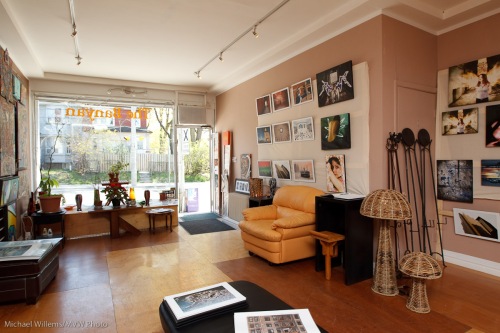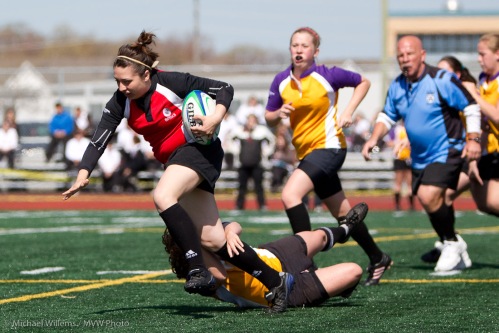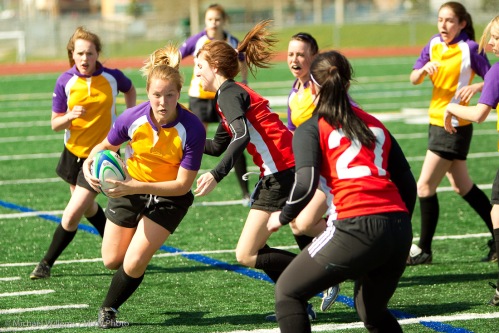For those of you in the Toronto Area who want to learn more about flash, there’s some great opportunities coming up in the next days:
- For advanced, pro, emerging pro users, I teach an “Advanced Flash” evening workshop in Toronto’s historic Distillery District on May 4, and there is still space! You will learn about the subtle differences between CLS/iTTL and e-TTL, you will learn about balancing light creatively, and much more. See here: http://www.cameratraining.ca/Schedule.html
- On 30 May (new date) Joseph Marranca and I are teaching a full day advanced light workshop in my country home in Mono, Ontario, just an hour north of Toronto. A great opportunity to make some great creative shots! See and book here: http://www.cameratraining.ca/Mono-Day.html
- For amateurs who want to get advanced in their flash use and practice what they learned, I wrote the all-new “Get Out and Shoot” workshop for Henry’s School of Imaging, and I and other experts will be teaching this Get Out and Shoot from May on across the GTA: check Henry’s School of Imaging to book!
Take advantage of these unique opportunities and kick-start your use of flash and light this month. Sign up today and enjoy sharing your passion with the pros and with other enthusiasts.




